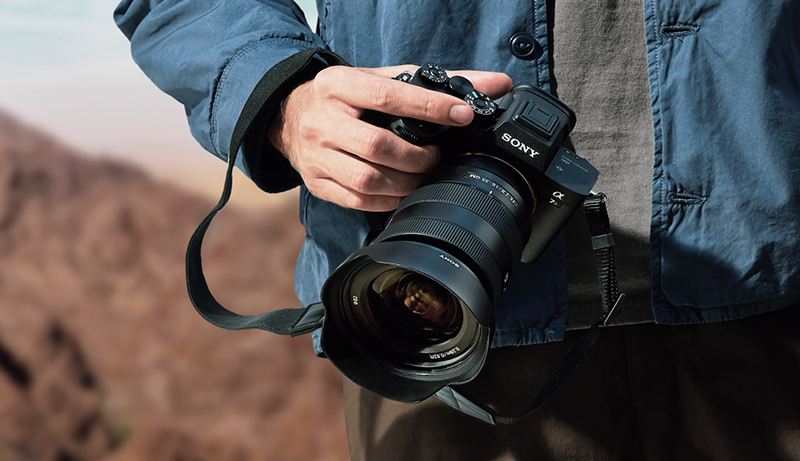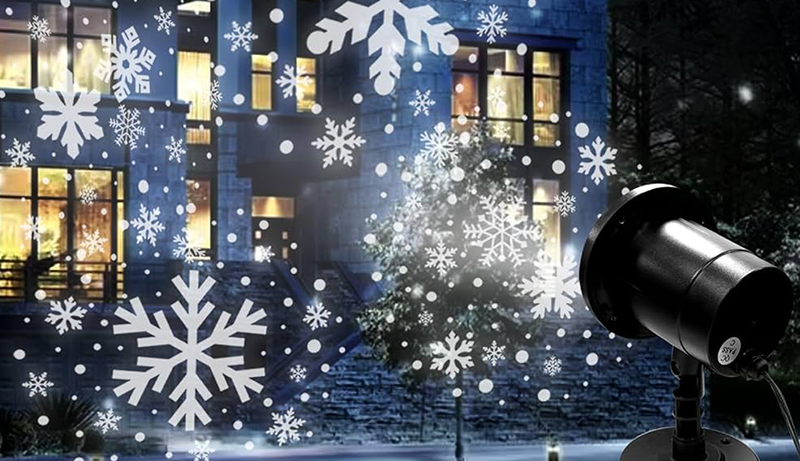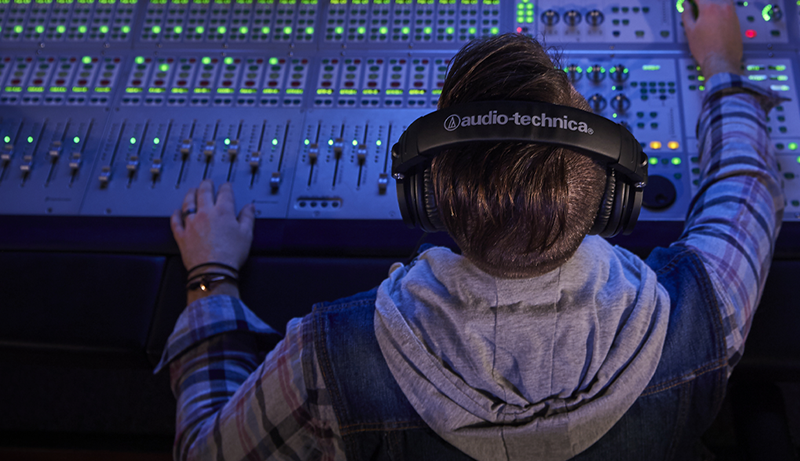High-quality photos and videos are essential for everyone these days. To achieve this, it’s important to have a clear understanding of cameras and their advantages and disadvantages.
Whether you’re a beginner or a seasoned expert, this guide covers everything you need to know about photography and videography. Staying updated on the latest camera technologies and features, such as sensors, battery life, low-light performance, and advanced image stabilization, is crucial for becoming a successful photographer.
Investing in a high-resolution camera with cutting-edge technology can make a big difference.
Let’s explore the top high-resolution cameras Of 2025 that offer exceptional image quality and advanced features, perfect for photography enthusiasts and professionals who want to capture breathtaking visuals with incredible clarity and detail.
1. Sony Alpha 7R IV

The Sony A7R IV is renowned for its exceptional visual performance, thanks to its impressive 61-megapixel full-frame sensor. This high-resolution sensor captures fine details, making it a top choice for astrophotography and low-light scenarios. A versatile feature allows it to switch to a 26-megapixel APS-C mode with a 1.5x crop factor, enhancing its adaptability.
In our hands-on review, we found that subtle yet impactful improvements from its predecessor, the A7R III, enhance real-world usability. Notable upgrades include a more comfortable handgrip and improved tactile buttons, which are especially useful in cold weather or when wearing gloves. While the A7R IV is on the higher end of the price spectrum, it remains a top investment for professionals in wedding, portrait, studio, and landscape photography due to its outstanding image quality and reliability.
As a mirrorless camera with a full-frame sensor and Sony E-mount, its standout 61-megapixel resolution delivers unparalleled detail and clarity.
2. Nikon Z 9

While the Nikon Z9 comes with a premium price tag, it is highly suited for professional photographers seeking top-tier performance in both photo and video capture.
The Nikon Z9 boasts market-leading burst shooting capabilities, making it an ideal choice for sports and wildlife photographers. Its advanced eye and face detection also excel in event and wedding photography, ensuring sharp, focused shots.
A standout feature is its impressive battery life, allowing over 3 hours of continuous astrophotography with minimal power loss (less than 20%). The camera also offers extensive connectivity options, including SnapBridge file transfer, Wi-Fi, Bluetooth, Ethernet, and USB-C.
The Nikon Z9 is a Z-series mirrorless camera equipped with a 45.7MP stacked full-frame sensor and a Nikon Z mount. It supports CFexpress Type B or XQD memory cards. Notably, it is the world’s first camera capable of capturing images at 120 frames per second (FPS).
3. Canon EOS R7

The Canon EOS R7 is highly regarded for its exceptional visual experience, delivering impressive handling and image quality across various scenarios, making it a joy to use. While it is marketed as a wildlife photography camera, its versatility makes it suitable for a wide range of photography disciplines.
The EOS R7 excels in low-light conditions, producing minimal noise and vibrant, accurate colors even at high ISO levels, such as 6000. Its compact size also makes it an ideal choice for vloggers and travelers, featuring eye-tracking autofocus and no recording time limit, ensuring high-quality video capture.
However, the camera’s buffer-clearing speed can be a bit slow, which may not be ideal for fast-paced events like motorsports or certain types of wildlife photography. Despite this, it performs well in capturing landscapes and astronomical events, where speed is less critical.
Overall, the Canon EOS R7 offers a near full-frame experience at a more accessible price point, all within a compact and portable design. It’s an excellent choice for photographers seeking a balance of image quality, versatility, and ease of use.
4. Sony Alpha 1

The Sony A1 combines an impressive 50.1MP stills resolution, an 8K video recording system at 30p, 5.5 stops of image stabilization, and a top-tier electronic viewfinder, delivering stunning photos in any environment.
In our review, the dynamic range of the Sony A1 stood out, effectively managing contrasts within the image—even when the foreground and background are shaded. This makes it an excellent choice for astrophotography, capturing detailed night skies with minimal noise.
One of its standout features is the bird detection mode, which maintains the same level of accuracy regardless of the bird’s size, making it a top pick for wildlife photographers. These advanced features, paired with exceptional image quality, solidify the Sony A1’s reputation as one of the best cameras for high-resolution photography.
The Sony A1 also offers two CFexpress card slots for ample storage. Its standout 50MP sensor supports 8K video recording and can capture high-speed bursts at 30 frames per second, making it a powerhouse for both photo and video enthusiasts.
5. Fujifilm X-T5

The Fujifilm X-T5 is a top-tier camera, perfect for photographers who prioritize convenience and versatility. Its compact and lightweight design features seven stops of image stabilization, excellent low-light performance, and a fast processor, making it well-suited for capturing action-packed sports scenes.
The X-T5’s retro-inspired body includes manual control dials, appealing to traditionalists, while its ergonomic design ensures a comfortable grip. However, DSLR users might need time to adjust to the aperture control located on the lens barrel.
This camera is also an excellent choice for time-lapse photography, thanks to its precise controls and stability.
The Fujifilm X-T5 is a mirrorless camera equipped with a 40.2MP CMOS sensor and a Fujifilm X lens mount. Its standout feature is the advanced in-body image stabilization (IBIS) system, offering up to 6.5 stops of stabilization for crisp and steady handheld shots.
Conclusion
Choosing the right camera can be challenging, especially since it’s a significant investment with many factors to consider.
That’s why we’ve put together this guide to help you find the best high-resolution cameras available. While most of these options are geared towards professionals and might seem overwhelming for beginners, they’re definitely worth exploring.
Since a camera isn’t something you purchase frequently, why not aim for the best and get the latest technology that meets your needs?




